Many Australian companies are thinking about expanding their eCommerce business.
But some of them step back since Australia’s manufacturing sector may not be as favorable as other countries like China.
Manufacturing certain products in Australia can be expensive. It includes specialized tools, telecommunications equipment, and iron ore equipment parts.
That’s why imports from China to Australia have been rising at an exponential scale.
Experts believe Australian businesses will increase their total imports in recent years.
Do you want to make the most out of Australia-China import-export? Make sure you learn both markets well!
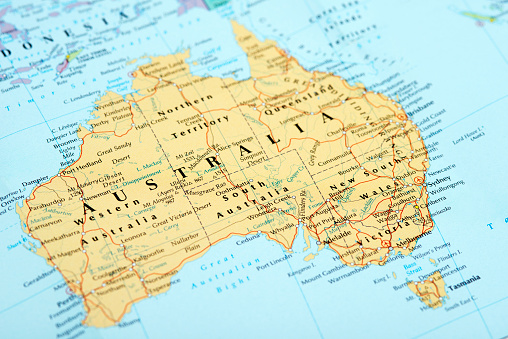
Understand ChAFTA
As we know, China is now Australia’s largest trading partner. Both nations have signed ChAFTA (China-Australia Free Trade Agreement) on 20 December 2015.
This agreement includes many benefits for the importers. It gives Australian companies greater access to the Chinese market.
Likewise, Australian importers get reasonable concessions on tariffs. It gives them greater market access to explore different products in China.
After this agreement, no import duties will be applied to specific goods imported from China to Australia.
To gain preferred treatment under ChAFTA, you must present a ‘certificate of origin.’
In short, this agreement is improving the trade relationship between both countries. It can become a significant driver to boost economic growth.
What Type Product Can You Import from China to Australia
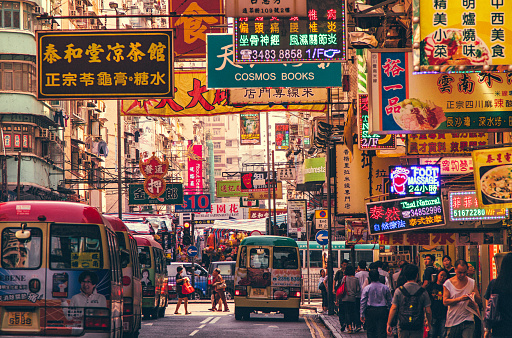
There are products that you could easily sell elsewhere, and those products may probably not be popular in Australian markets for some reason.
You can do extensive Australian market research to understand your demography. And discover the products and services that are in high demand.
You could also compare Australian market trends to find products that have the potential to perform excellently.
Here are some hot products imported from China:
- footwear,
- toys,
- sports equipment,
- games,
- furniture,
- apparel,
- Machines,
- Some food items
- electronics, etc.
Picking a niche from a wide range of products is difficult in any e-commerce business. But it’s worthwhile.
Importing clothing from China to Australia
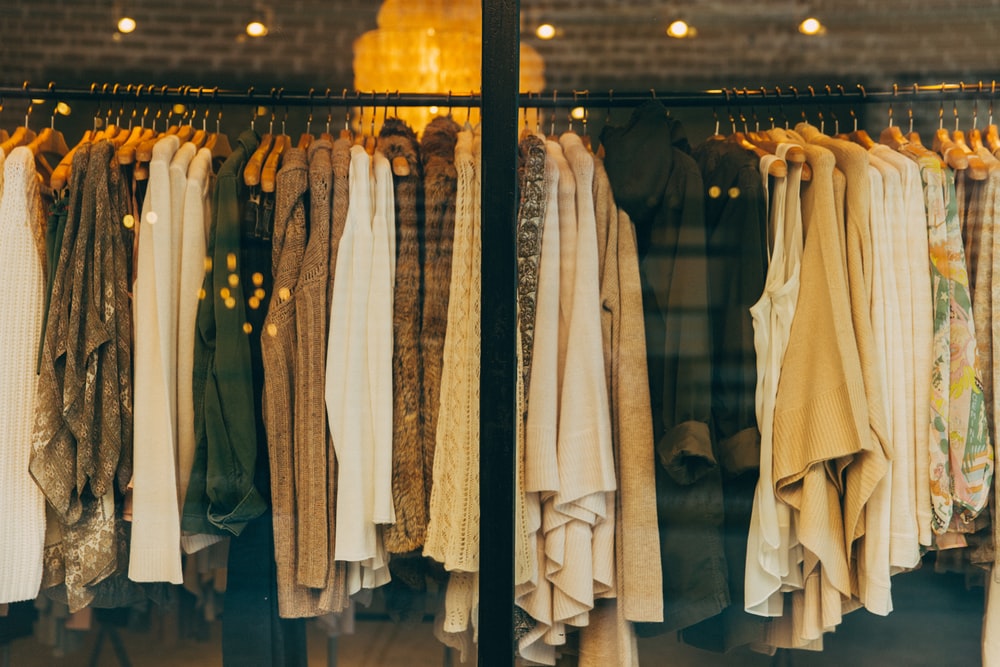
China is recognized as the best in textile exports. You can buy uniforms in bulk for the students of Australian schools.
I have seen many Australian people buy clothes for uniforms. Why not target it, then?
Chinese suppliers export these products to all parts of the world.
Importing clothes from China to Australia has few regulations. The country does not allow exporting clothes containing AZO dyes and formaldehyde within its borders.
Importing electronics from China to Australia

Many Australian business owners are worried about the endless regulations involved in importing electronics from China.
They avoid imports of the electronics niche entirely even if there is a huge demand.
Australian firms can record high profits by importing wholesale electronics from China.
Electronics manufactured and coupled in China are used globally. These include televisions, radio, refrigerators, phones, etc.
What I think;
It is the BEST WAY to make some profit. Try it now!
Importing toys from China to Australia
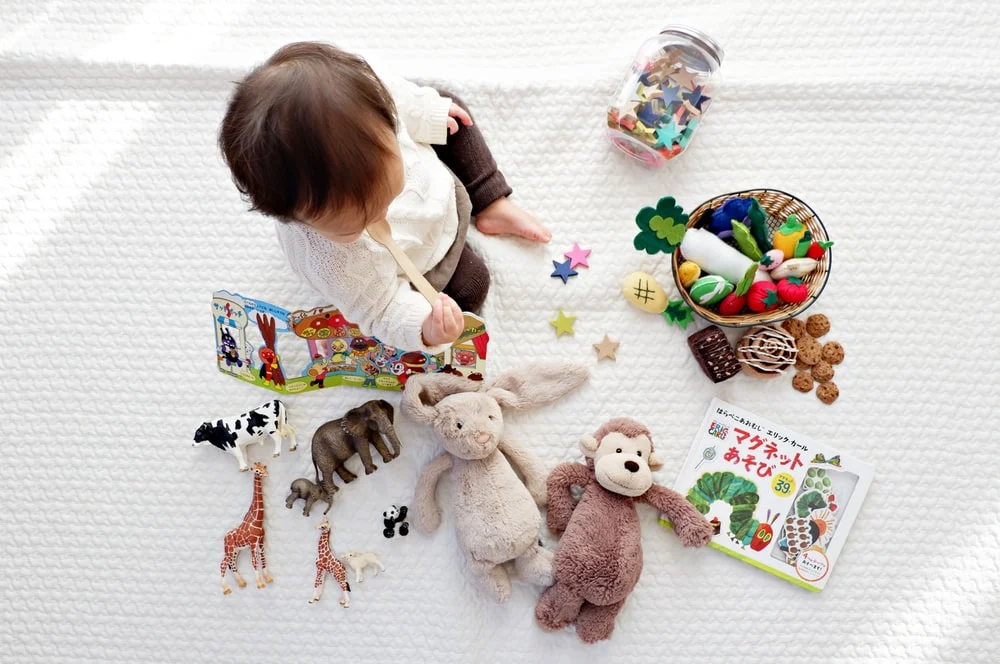
Guess about the China toy manufacturing industry? I am sure you’ll be 100% satisfied. China is one of the world’s largest exporters of toys.
You could use sea freight to import different types of China’s toys like puzzles, games, infant toys, and more in bulk.
Importing toys have strict guidelines and standards since the main consumers are infants.
Besides, the tariffs on toys are also less. The major problem you may encounter with importing toys from China is safety and certificates.
Importing boats from China to Australia

Chinese manufacturers build tough boats with many unique designs to fulfil the world’s demand. The durability of these boats makes them the preferred choice for navigating Sydney rivers.
They offer seamless handling, easy cleaning, and maintenance, and they keep their brilliant look for years.
The Australian Quarantine and Customs control the boat importation, and the regulation involved is quite a few.
Looking for a product to import from china?
AsianDavinci helps buyers source the right product with the best cost.
Australian Product Safety Standards
All consumer products you import must be safe and meet the consumer regulations of the Australian Consumer Law.
The sale of banned products is prohibited even if there is a demand for that item. Also, you need to ensure that your imported products follow the applicable mandatory standards.

What is an AS/NZS standard?
It is an acronym for the Australian/New Zealand Standard. These guidelines are applied in Australia and New Zealand and are alike with US and European Union Standards.
AS/NZS is applied to product safety regulations. For instance, boats are under the Trade Practices Regulations of 2014.
It requires domestic manufacturers and importers of boats to stick to the guidelines of AS/NZS 3004.2:2014.
These standards make technical prerequisites that cut across safety, testing, and performance quality.
Make sure you understand your products’ applicable AS/NZS standards.
Conversely, not all AS/NZS standards are safety-related. For example, textile care labeling guidelines only set standards for clothing labels.
Which products are regulated in Australia?
Many product classes are meant to conform to a collection of mandatory product standards during export. Even if there are voluntary standards, we will focus on the mandatory standards during export.
We have provided a list of regulated product categories in Australia and New Zealand.
Read below:
- Animals & agriculture
- Bicycles
- Baby & nursery
- Boats & marine
- Clothing & accessories
- Education supplies
- Fire & flammables
- Food & groceries
- Furniture, homewares & window furnishings
- Gas & electrical appliances
- Hardware & building materials
- Health & cosmetics
- Household chemicals
- Novelties
- Spas, pools & swimming
- Sports & recreation
- Tobacco & smoking accessories
- Toys
- Weapons
- To find all applicable AS/NZS standards and mandatory product safety regulations, visit Product Safety Australia.
How do I know which AS/NZS safety standards apply to my product?
After you have identified the category applicable to your imported product, you will find an outline of regulations that includes the AS/NZS standards.
It also contains a list of any exclusions, safety labeling, related recalls, and required documentation.
Some product regulations are stricter than others. For instance, children’s toys have strict guidelines, whereas textiles are in demand;
Thus, they are only covered by mandatory care labeling requirements.
Also, some mandatory safety standards apply to a broad range of Chinese products, while others apply to specific products.
Necessary Documents You Need When Import Goods from China
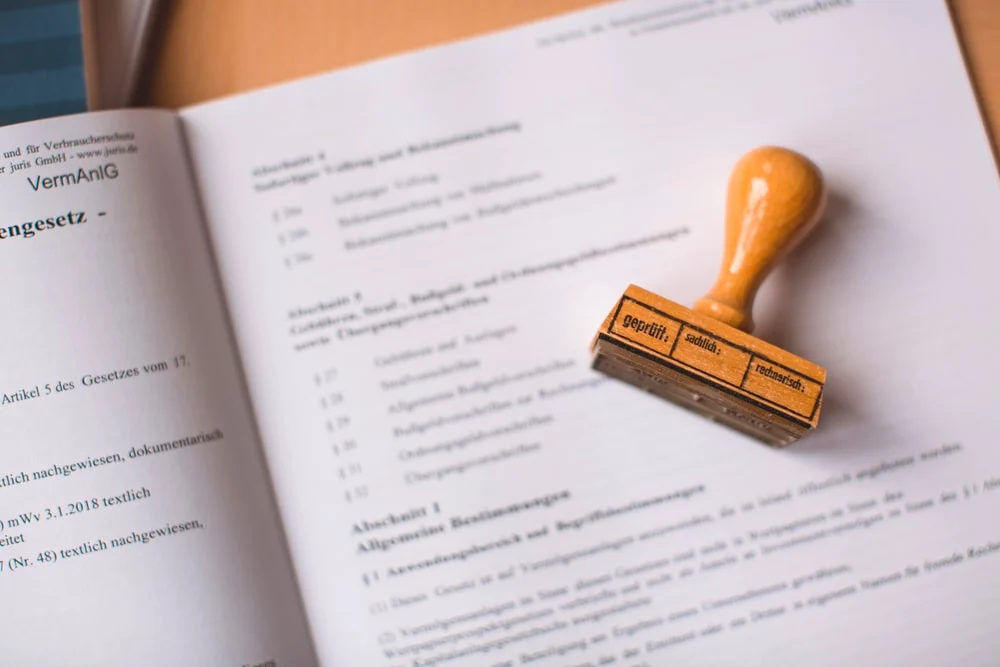
1. The Certificate of Origin
As far as international trade documents are concerned, the Certificate of Origin is number one on the list. It is an official document issued by a government to confirm that traded goods were manufactured or purchased in a country or a specific region.
Many countries like Australia give preferential treatment to some countries, which may strike off import duties for those countries.
Developed nations often use incentives like that to support the developing ones in Asia and other parts, and sometimes, they are part of a free trade agreement.
In that case, I get a Certificate of Origin to enjoy such incentives. It also reduces my import costs from China to Australia.
Details attached to your Certificate of Origin include;
- The importer (Consignee)
- Manufacturer/Exporter
- Transportation method and route
- Product description
- Quantity
2. The import license
The Import License could be handed out by the particular body overseeing the goods you wish to import. The total number of government agencies with authority to issue an Import License is 15.
While the Import License provides financial and commercial details about the goods and import process, it also gives information about:
- The importer
- The exporter
- The country of origin
- The place of arrival and goods’ clearance
- The supplier or manufacturer
- The type of taxation and tax classification
- Net and gross weight and quantity
- A precise description of the products
- The total price
- The Incoterms
- The payment method
- Shipper
- Consignee
- Incoterm
- Product type
- Notify party
- Vessel No.
- Port of loading/discharge
- Place of receipt/delivery
- Containers No.
- Goods description
- Net weight
- Dimensions/Volume
3. The Bill of Lading (BL) or Airway Bill
As the Certificate of Origin, the Bill of Lading is considered essential and is issued by the freight forwarder. It is a document that testifies the reception of cargo by the shipping company.
The receipt comes with a unique number used for tracking shipments online.
The information revealed by the Bill of Lading are:
- Shipper
- Consignee
- Incoterm
- Product type
- Notify party
- Vessel No.
- Port of loading/discharge
- Place of receipt/delivery
- Containers No.
- Goods description
- Net weight
- Dimensions/Volume
4. Commercial Invoice
The Commercial Invoice states that the shipment’s custom value calculates Australian import tax, GST, and other import duties.
Details provided by the Commercial invoice include:
- The importer (consignee)
- Product description
- HS code
- Quantity
- Unit value
- Total value
- Packing List
This list provides details about products, quantity, and the number of cartons in the shipment.
A freight forwarder’s tracking tool shows the shipment is in transit.
5. Proof of import
The customs officials issue the proof of import during the final step of the clearing process of imports. It is issued after the necessary import documents have been assessed.
This document officially recognizes and grants permission for your Chinese items to be sold in Australia.
Importing Tax (duty) from China to Australia

Import taxes are common in Australia and other countries. Australian businesses importing goods from China need to pay import taxes on consignments.
The free trade agreement covers some products from paying extra fees.
However, some import duties and fees are only payable on specific goods imported to Australia.
Australian businesses that import goods from China come across the following import taxes.
- Processing Charges: These tariffs apply to all Chinese market consignments.
- Goods and Services Tax (GST): A 10% of GST is applicable on all goods.
- Excise Duty: It includes goods that contain tobacco, alcohol, or fuel.
Australian businesses can also claim concessions on tariffs. The average duty rate on most products imported from China to Australia is 0%.
China to Australia Import Duties Rate
These are taxes imposed on the import and export of goods. In most cases, the value of imported goods determines the duty rate.
Rates range between 0% to 10%, but most Chinese imported products are subject to 5% tax.
Of course, these changes are due after the agreement date. Click here to view a full list of Australian duty rates coupled with the HS Code.
Below is a bar chart of the duty rates you can consider when settling your account.
| HS Code | Description | Duty Rate |
| 5201.00.00 | COTTON, NOT CARDED OR COMBED | 0% |
| 5204.11.00 | COTTON SEWING THREAD – – Containing 85% or more by weight of cotton | 5% |
| 5205.11.90 | COTTON YARN (OTHER THAN SEWINGTHREAD), CONTAINING 85% OR MORE BYWEIGHT OF COTTON, NOT PUT UP FOR RETAILSALE:- – – Other | 5%DC:5% |
Import Duty Calculation Example
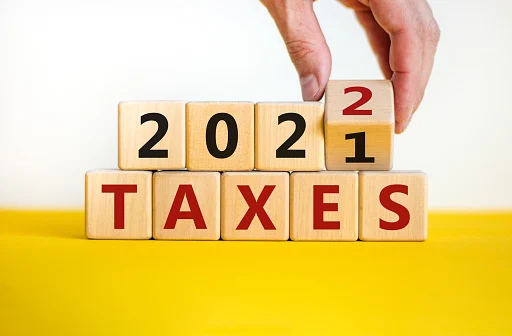
Here, we will do a quick calculation to determine the import duty using an assumed value of goods.
You must note that the customs duty is 5% of the total value of imported goods converted to Aussie. So, this implies that it is calculated with the custom value.
- Import Duty = X.X% x Customs Value
Let’s assume that the Customs value of goods is AU$20,000 subject to a 5% import duty.
- Import Duty = 5% × 20,000 = AU$1,000
Who can make an Import Declaration?
The importer or an agent could make an import declaration to provide the Australian Customs with information about the imported goods.
The document contains the importer’s details, products’ means of transportation, custom value, and tariff classification.
Also, if you wish to clear goods with a value above AU$1,000, an import declaration will be necessary alongside duties, taxes, and other applicable charges.
How can I legally reduce the import duty?
The only legal method to lower the import duty is by reducing the customs value.
A reduced-order volume will guarantee a lesser importation value, which directly reduces the taxable import duty.
In Australian Customs, duty rates are calculated as 5% of the customs value. The parameters that make up the customs value are:
- Total product cost
- Transportation to the Port of Loading
- Export Clearance Cost
- Services paid for to the supplier (e.g., product development and design)
- Product samples, molds, and other tools
- Shipping costs and shipping insurance are not included.
Australia GST Guide on Imported Goods from China
What is the Goods and services tax (GST) rate?
The GST in Australia is a taxable 10% on imported goods. Some products like housing, health care, wine, and food items are exempted from this tax during imports.
Like every other country in the world, Chinese imports to Australia are subject to the same tax percentage; it is constant regardless of the country of production.
How do I calculate how much GST I need to pay?
Australian importers can calculate the GST applied by the government using the following information:
- import duties
- product value
- shipping cost
- shipping insurance
Assuming the commodities value is AU$15,000 with a 5% import duty, you have to pay AU$1,000 and AU$100 for the shipping cost and shipping insurance; respectively, your GST will be 10% of the value.
GST= 10% × (15,000 + 750 + 1,000 + 100) = AU$1,685.
How can I reduce the GST I need to pay?
The sole legal means of reducing the GST is lowering the general taxable importation value.
Australian importers can pay a lower GST by reducing the number of goods, using sea freight instead of air, negotiating with the supplier, and stacking several LCL shipments into a single FCL shipment.
I have the same way to reduce the GST cost. It is a LEGAL and safe way.
Some importers ask suppliers to document a value lower than the actual cost of importing; under-declaring the taxable import value is an illegal act.
During a company audit by the Australian Taxation Office, they will unearth your illegal biddings, attracting severe sanctions.
When do I pay GST on imports from China?
The moment your goods are cleared through Australia’s customs, the GST becomes due. Some freight forwarding companies offer to handle this properly to eliminate your stress.
Shipping from China to Australia
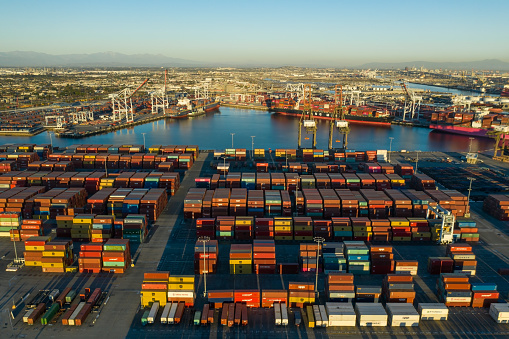
While importing goods from China to the Australian market, shipping is an important factor to be considered.
The supply chain and freight industry are important because it makes up about 9% of Australia’s GDP.
Cost for shipping from China to Australia
Various factors affect the shipping costs from Australia to China and vice versa.
These factors could include imports value, size, shipping mode, factory to port transportation, export clearance, freight cost, insurance, port charges, domestic transportation, etc.
While picking the shipping company to use for trade, the major things to look out for are delivery time, affordability, and quality of the services.
Carrier Services from China to Australia
China offers importers in Australia the privilege of low-cost shopping. However, the affordability of the Chinese products will be of no use if you will burn the saved cash on shipping fees.
You could use the rising competition in the logistics industry to your advantage.
Many high-quality freight forwarder companies are springing up, so you could easily partner with one. There are various options available to you; sea, air, rail, and you name it!
- Sea Freight
Most Australian exporters prefer this method to import products from the Chinese market.
Finding a reliable sea freight company will ensure you enjoy efficient services for all your shipping needs.
They are tailored to transport your products, not minding the cargo’s size, weight, or shape.
Your goods are delivered with the utmost safety. Also, your shipping company should handle customs protocols and documentation.
- Air Freight
You are importing to Australia, and perhaps your supply is behind schedule or encountering certain issues; air freight could be an option to choose. This method also applies to Australian exports.
Most air freight companies strictly monitor their operations to avoid delays or inconveniences to their clients.
Also, you enjoy better peace of mind with this option because there are close to zero risks of mishandling your goods.
- Rail Freight
This transport mode utilizes trains and railroads to convey cargo.
Locomotives pull the freight train on the rail line to transport cargo from the shipper to the intended destination. Trains are used to haul bulk goods.
Of course, Australian rail freight guidelines differ from that of other countries.
- Door to door shipping from China to Australia
The supplier will ship the goods directly to your home or warehouse when you opt for door-to-door shipping. It is by far the best shipping option to go for because it saves you most of the importation stress.
Online importers and e-commerce business owners mostly use this method.
Most Chinese door-to-door shippers handle import duty, VAT, GST, and other custom protocols.
A Fast , Easy and Cheap Way to Ship from China
Do not hesitate to contact AsianDavinci at any time regarding your shipments from China.
Risks and Problems Your May Meet When Importing Goods

No matter how lucrative a business is, it comes bearing some risks.
Importing from China to Australia Customs is not exempted; risks are involved. Be it imports from China or exports to China; we cannot neglect the risks involved.
However, being aware of these risks will give you the foresight to scale through. These risks apply to both Australian exports and imports.
Below are some of the risks involved in importing products to Australia.
1. Language barrier
Language plays an essential role in the e-commerce industry. Dealing with a supplier whose mother tongue isn’t English could be difficult.
While some of China’s manufacturers understand English, the diversity in the culture and manner of speech could also cause a communication breakdown.
The perfect solution is to hire an English-Mandarin sourcing agent or translator who has international trade experience. They can easily relay your messages to the manufacturer.
2. Supplier Scams
Numerous Australian importers have fallen for supplier scams during the trade. It often happens when the importer believes the vague promises made by the ‘supposed’ manufacturers.
Thus, carry out extensive research on your supplier before paying for the acquisition of goods.
Check what kind of trade services they offer.
3. Quality issue
Nothing is more IMPORTANT to me than quality. And it is 100% CRUCIAL to my buyers also.
As an importer, delivering quality products to your buyers is paramount. Imported food and other items should be of excellent quality.
Therefore, receiving substandard goods at any point in time could harm your business.
Also, most manufacturers may not grant your request for a refund, so you have to try and avoid this situation.
4. High price & cost
Purchasing a product at a high price does not necessarily mean that it is of high-end quality.
Australian importers must understand that it takes time to find a good manufacturer who will offer excellent services at a reasonable price.
5. Time-consuming
The business atmosphere of China and Australia are dissimilar. The Chinese take partnerships and relationships very seriously.
If you have the funds, traveling to China to have a personal meeting with your supplier can foster a better business relationship, which keeps you on the profitable side as an importer.
However, you can hire an international trade expert to help you build that relationship if you do not have the time and money to travel.
6. Your product may be copied.
Patents and trademarks wouldn’t protect your products from piracy in this world.
Anyone who wishes to copy your product could do so without legal consequences. I have got to avoid this. It is BETTER to trade with reliable manufacturers only.
If you have a big client with a huge investment, that will also help because the supplier wouldn’t lose a major client.
How to find a reliable supplier for your import business?

Every e-commerce business owner in the world needs a reliable supplier to import products from China or other countries.
The Chinese market is so massive that you won’t find it difficult to get one. Since China is Australia’s largest trading partner, many suppliers can export goods to Australia.
Don’t you think it is time to FIND reliable suppliers? No worries. I have listed some ways to find the BEST supplier.
1. Trade Shows
Here you get an opportunity to talk with suppliers in person.
Most Chinese businesses come under the same roof during these commerce shows. Most of these shows occur in April.
So, if you have plans to visit the country in April, you will get at least one commerce show to attend.
2.Browse Marketplaces Online
Online marketplaces give a huge boost to the Chinese economy.
Thus, many Chinese businesses place their product lists on various online platforms, like Alibaba.
3. Contact Sourcing Agents
The primary task of a sourcing agent is to find reliable suppliers and exporters for your products. You can reach them via email and talk about your requirements.
What’s more, a sourcing agent offers complete support throughout the sourcing process.
An agent also has a deep knowledge of exporting goods to any country. Make sure you choose the right supplier based on his experience.
FAQs
Final thoughts

There is a huge demand for Chinese goods in the Australian market. After reducing tariffs, the trade between Chinese exporters and Australian importers is at its summit.
If you import goods from China to Australia, make sure you complete all legal formalities.
Make sure you study ChAFTA to know where and how to save on import duties.
You can also consider hiring a Chinese sourcing agent who can export goods to Australia.
A reliable agent can connect you with Chinese exporters. Some agents also guide you on the tariff rates applied to products.
